Hallo meine Freunde,
letztens im Stream wurde ich gefragt, ob ich nicht Tipps hätte zum realistischen Malen von Tieren – vor allem, wenn es realistisch werden soll. Nun… so simpel die Frage klingt, einfach ist die Antwort nicht. Aber ich habe einige Tipps, die das Malen von Tieren erleichtern werden. Die Tipps gelten für das Malen mit Aquarell, Öl, Acryl und sogar das Zeichnen mit Bunt- oder Bleistiften. Einfach eine generelle Sammlung von Tipps zum Malen von Tieren (und anderen Objekten).
Gute Referenzen.
Ob in der Natur oder vom Photo, für realistische Kunst sind Referenzen extrem wichtig. Das Licht sollte gut genug sein, dass ihr die Tiere gut sehen könnt. Auf den Fotos sollten Details erkennbar sein, also kein unscharfes Bild aus komischem Blickwinkel z.B. nutzen.
Genaues beobachten.
Das ist in der Malerei schon das halbe Kunstwerk. Formen erkennen und Proportionen, Winkel, Abstände. Die markanten Punkte werden zu Wegweisern in der Zeichnung. Abstand von Auge zu Schnabel, der Winkel, die Form des Vogels etc. Wo ist er rund, wo abgeflacht und welche Kurven gibt es da?
Genaues Vorzeichnen/Skizzieren.
Dieser Punkt ist extrem wichtig. In die Skizze und Vorzeichnung so viele Details wie möglich einbauen und Formen so gut wie möglich treffen. Sind Proportionen in der Skizze falsch, wird das später nur offensichtlicher. Die Farben verbergen keine Fehler, sie heben sie nur hervor. Die Korrekturen auf die Farben zu verschieben wäre daher nicht sinnvoll.

Licht und Schatten.
Wenn man malt, dann malt man nicht Objekte und sich dessen klarzuwerden, ist vermutlich der schwerste Schritt. Man malt Licht und Schatten. Es ist wichtig bereits vorher zu sehen, welche Bereiche lichter bleiben sollen und welche mehr Farbe brauchen. Welche sind intensiv und wie man die Farben aus der Referenz übersetzen will. Ich würde immer dazu raten, Kontraste auszuprobieren, da diese die Aufmerksamkeit des Zuschauenden einfangen und lenken. Auch hier spielt beim Malen die Beobachtungsgabe eine sehr wichtige Rolle. Was wirft welche Schatten? Schatten und Licht definieren das Bild und tragen enorm zum Realismus in der Malerei bei.
Entspannen und Üben.
Keiner lernt das realistische Malen und Zeichnen von Tieren innerhalb von Stunden. Es braucht Übung, wie so vieles im Leben Übung braucht. Manchen fällt es einfach und anderen schwer, aber wenn man es will, kommt jeder da an, wo er hin will. Nicht aufgeben. Vor allem wenn man am Anfang Probleme hat, lohnt es sich das Zeichnen alleine zu üben, bevor man die Farbe hinzunimmt.

Bonus
Wenn ihr Vögel malt, so braucht dieser einen fluffigen Po. Immer. 😉
Ich hoffe, die Tipps haben euch geholfen und auch wenn es etwas oberflächlich erscheint, ist dies das, was mir sehr hilft. In meinen Bildern merke ich schnell, wenn die Zeichnung nicht gut war, oder ich durch einen der Schritte gehastet bin. Aber es gehört viel Übung dazu, das Kennen seiner Palette und auch Zusammenstellung der Farben, die das Endergebnis glänzen lassen. Viel Erfolg dabei!
Für Fragen stehe ich gerne zur Verfügung, nutzt dazu einfach die Kommentarfunktion oder besucht mich im Stream für einen kleinen Plausch.
Habt einen kreativen Tag!
Lana
Hello friends,
I was asked how to paint realistic animals on my last stream. There I often, as usual for me, paint animals in a realistic or semi realistic style using watercolours and gouache. As simple as the question sounds, the answer is not as simple, but I still have some tips for you, that will improve your animal paintings no matter if you use watercolour, oils, acrylics or just simple draw with graphite or coloured pencils. These are general tips on how to improve your animal paintings (and other realistic art too).

Choose good references.
Either from nature of photo references, you’ll need them to get to know your subject. The light should be good and you need to see the animals, or whatever you paint, clearly. On photos details should be visible, a blurry photo from a weird angle would be a bad reference for the animal. So choose wisely.
Observational skills.
This is such an important one, that it can make or break your artwork. Take a close look at what you want to paint, the forms, proportions, angles and distances. Set orientation points to guide your lines. Note the position of the eye, the angle of the beak, the form of the body etc. Where is it rounded, where flat and how to the curves look like?
Detailed sketching.
Don’t ever skip this one. Put as much effort as you can into the sketch, add details and information on highlights and shadows. Try to get the proportions as correct as possible. You can’t correct a drawing with colour, as it would only enhance the mistakes and make them more apparent. So don’t put off the corrections into the colour stage of the painting process.

Lights and shadows.
When you paint, you do not paint the object and to understand that, is a difficult step. You paint lights and shadows. It’s important to see them beforehand and plan ahead which areas will stay lighter and which will be in shadows. Where you’ll put the intense colours and where the muted ones. This is the step of translation of the reference into your painting style. Experiment with colours and contrasts as these can lead the eye on your finished piece. In this stage too observation during the painting process is key. What casts shadow? Where do the shadows fall and in which form? Shadows and lights define the painting and are a key point in realistic art.
Relax and practice.
Noone will learn to paint or draw animals realistically within hours. It needs practice as so many wonderful things in life need practice. Some might find it easy, others struggle more, but it’s all a journey and everyone no matter where they are in their art journey moves forward and improves. Don’t give up. If you have problems with your painting process, it’s worth to practice drawing more before adding colour to the artwork.




Bonus tip
When you paint birds, so there’s one additional way to improve your art: to add a fluffy butt. Always. 😉
I hope the tips are helpful on your art journey and even if they sound simple, it’s what helps me to get get my art done. During the painting process I can see when the drawing was hasted and nor correct. It does need a lot of practice, knowing your palette and the colours to let your painting really shine. Good luck!
If you have questions, feel free to leave a comment or just join the streams for a little chat.
Have a creative day!
Bye


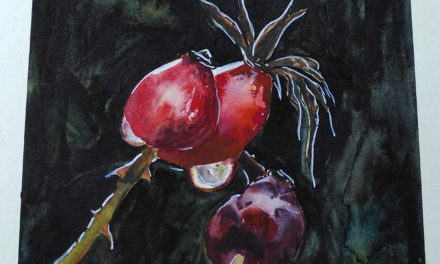

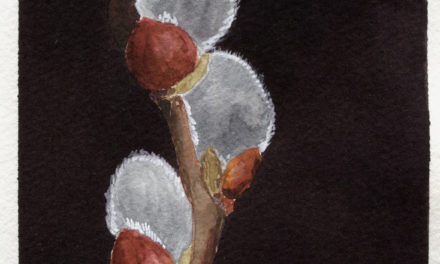
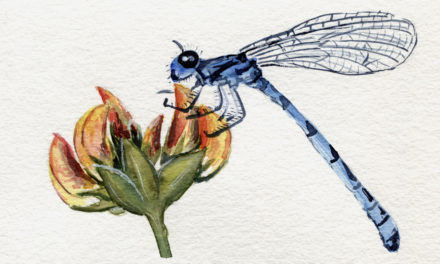
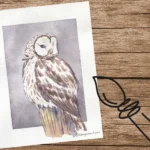


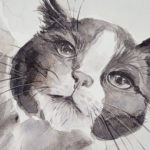
Neueste Kommentare